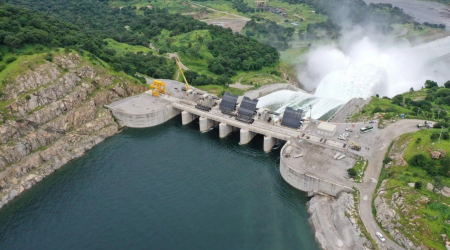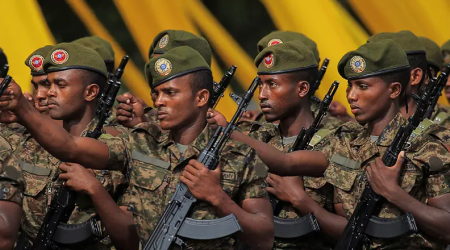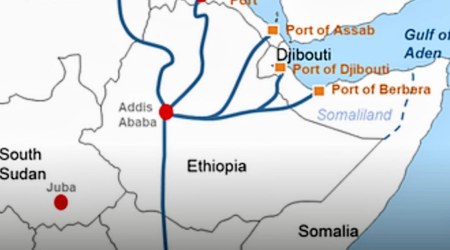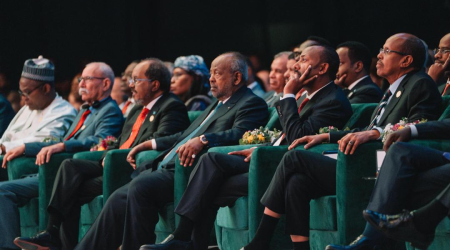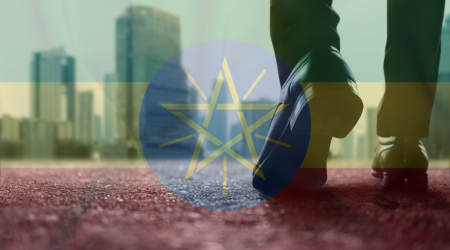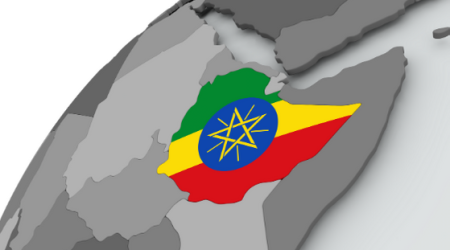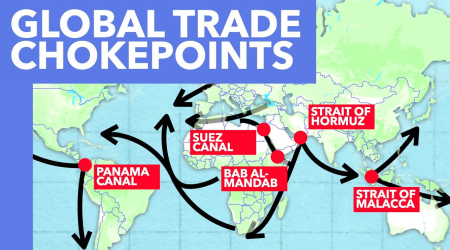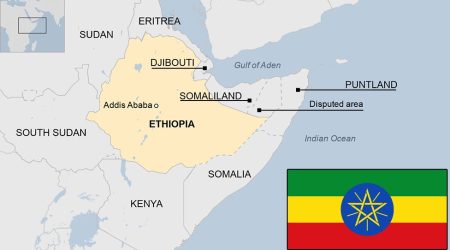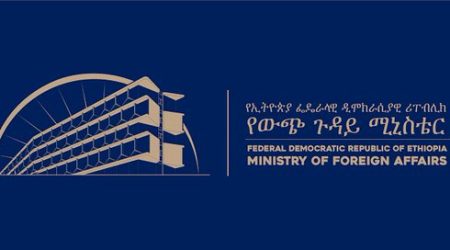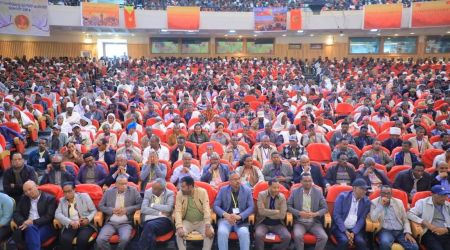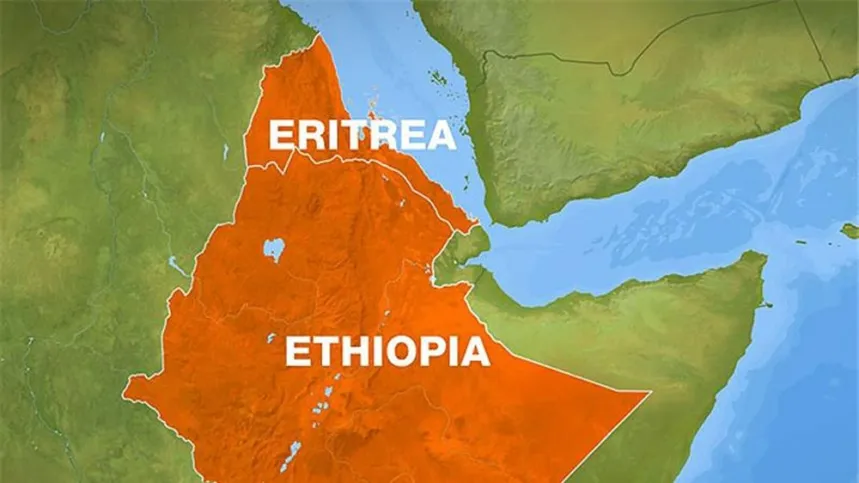
10
Oct
Understanding And Overcoming The Perennial Conflict Between Ethiopia And Eritrea
By Jafar Bedru
If one takes a snapshot of the horn of Africa at any given point in the last 60 years, with the exception of a few years of peaceful coexistence, Ethiopia and Eritrea are likely to be found locked in conflict with one another. For the first thirty years, the war was for Eritrean independence. First the imperial government and then the military administration that replaced the emperor, both tried to suppress the Eritrean independence movement. After Eritrea gained its independence in 1993, there was a brief period of peace and friendship. But this only lasted until 1998. The war that broke out between the two countries in 1998 raged for two years as a devastating all-out war and continued for the next 18 years as an intense proxy war and indirect security competition. In 2018, the two countries seemed to be turning the page on their history of conflict and acrimony. Nevertheless, the new age of amity between Asmara and Addis Ababa did not last long. In less than half a decade, the two countries seem to be back to their usual posture of hostility against one another.
In these 60 odd years, so much has changed in Ethiopia. There has been change in ideologies, systems of government and leadership in Addis Ababa. There has been an emperor, a head of a Marxist military regime and in the past three decades three successive prime ministers who have all found themselves to be at logger heads with President Isaias Afeworki of Eritrea. Prime Minister Meles Zenawi was a staunch defender of Eritrean independence and statehood. He was very critical and disdainful of his compatriots who complained that Eritrea’s independence has unfairly turned Ethiopia into a landlocked nation. Nevertheless, for most of his premiership Meles was at odds with President Isaias who funded, armed and trained the rebel groups who wanted to topple the government Meles led. Hailemariam inherited the hostility and passed it on to his successor who went out of his way to rehabilitate President Isaias in the international stage and build a partnership with him. This effort has proved to be a failure. Therefore, it is fair to conclude that despite their different approaches, styles and priorities, all Ethiopian leaders had an Eritrean problem. The rulers and their governing ideologies have changed but the Eritrean problem has persisted.
So, one has to ask what lies behind this problem. Some would point their fingers at President Isaias who has been at the helm of the Eritrean liberation movement and then the Eritrean state for over five decades. He has been one constant factor while so much has changed over the years. While Isaias’s belligerent personality and idiosyncrasies have contributed immensely to the problem, it would be simplistic to attribute the whole problem to one individual. Yes, Isaias’s intransigence lies behind a lot of the problematic aspects of the relationship between Ethiopia and Eritrea.
However, going beyond personalities, there are two fundamental factors at play here. The first is the insecurity of the Eritrean state about its independence and continued statehood. Among some of the Eritrean elite, there is a persistent fear that a strong and stable Ethiopia poses a threat to Eritrean independence and statehood. This fear has led the Eritrean government to follow a policy of destabilizing Ethiopia by actively supporting subversive armed groups in Ethiopia. While Eritrea is doing this at a much bigger scale now than previously, this is not a new practice. Eritrea has been at this game for more than twenty-five years. The other fundamental factor is the deep-rooted resentment of most Ethiopians to their landlocked status. Most Ethiopians view the manner in which Eritrea gained its independence as a flawed process that did not take in account Ethiopia’s legitimate interest in having its own outlet to the sea. While this sentiment has been suppressed by Prime Minister Meles, even his closets colleagues shared this view which at the moment it is reflected in official government policy.
An attempt to resolve the never-ending standoff between the two countries needs to address both the insecurity of the Eritrean state and the aspiration of the Ethiopian state to have a secure outlet to the sea. With some imagination and creativity, this should be quite doable. If both countries move beyond a zero-sum approach that could see them fight and bleed for the next 60 years, there is a need to consider new approaches. In this context proposals like the one by Ambassador Dina Mufti (a veteran retired Ethiopian diplomat and a current member of parliament) recommending an Ethiopian-Eritrean supranational Union that has four pillars, namely an Economic Integration, a Political Council, a Security and Defense Cooperation and a Cultural and Social Dimension are worth considering.
If the current and future generations are to avoid repeating the bloody history of the last sixty years, new approaches that take into full account the sensitivities, interests and needs of both countries must be adopted. One might not agree with all of the diagnosis and background analysis Ambassador Dina has put forward in his essay. But, the broad outlines of his prescription should serve as a starting point to how Ethiopia and Eritrea should move forward. Going beyond personalities and a regurgitation of old slogans, we need to think of a long-term project that provides the framework for the co-existence of Eritrean and Ethiopia. This framework of an Ethiopian-Eritrean commonwealth should enable both countries to thrive through interdependence sustained by an institutionalized cooperation. Such a commonwealth of two interdependent states would be the foundation for lasting peace and prosperity in the greater horn of Africa.
Authors Bio:
Jafar Bedru is the Executive Director of the Institute of Foreign Affairs. His career spans intelligence, national security policy, and strategic advisory. He has held key research and advisory roles in national security and international relations, contributing to high-level policy and strategic planning for the Ethiopian government.
Disclaimer:
The views and opinions expressed in this writing are solely those of the author and do not represent the official position, policy, or endorsement of Horn Review, the Institute of Foreign Affairs or any institution with which the author is or has been affiliated. This piece is written in the author’s personal capacity and is intended for informational and discussion purposes only.

